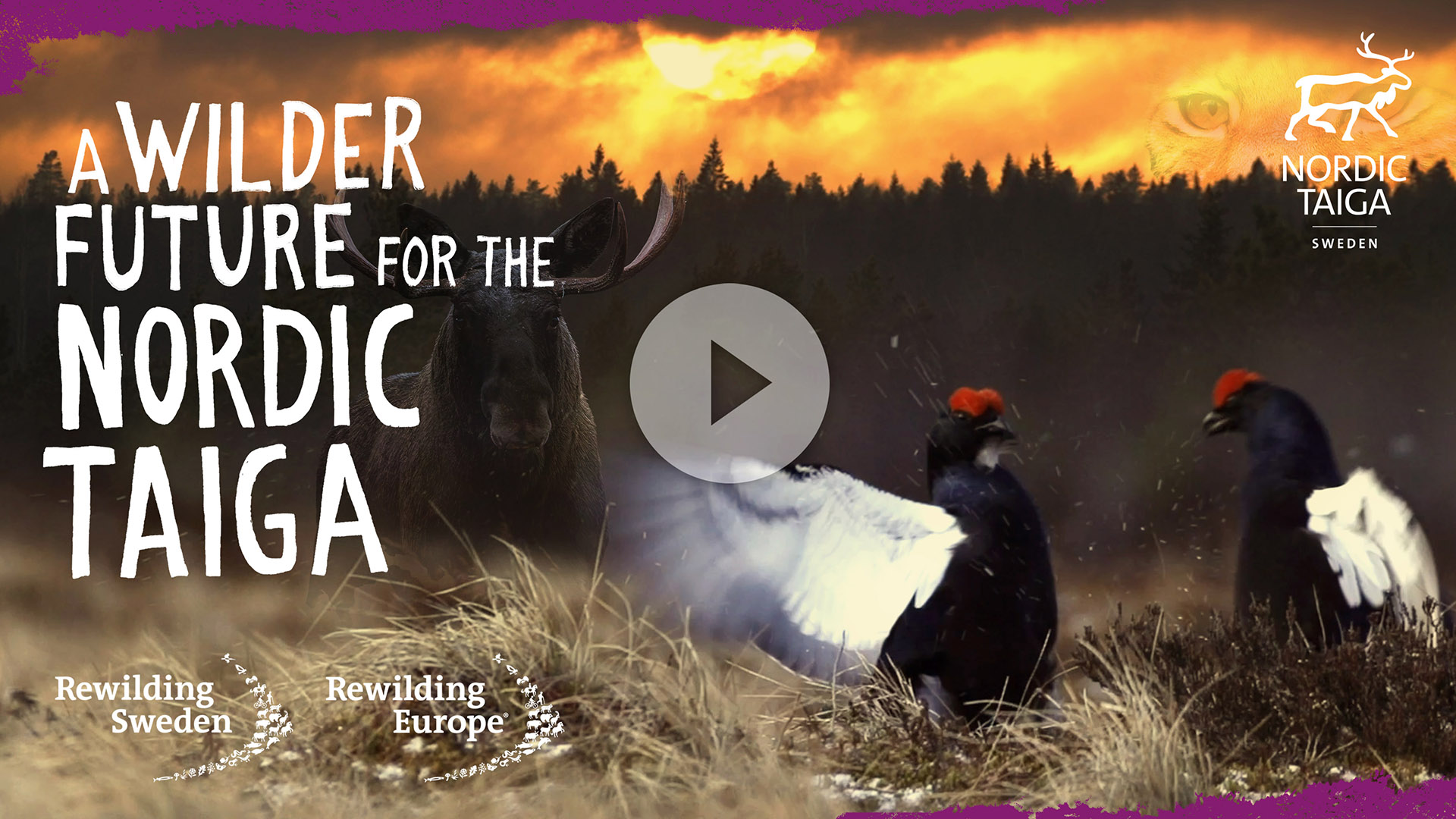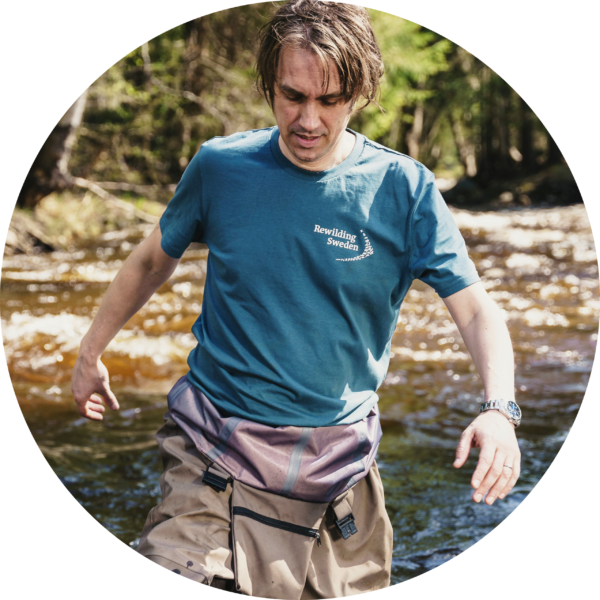A vision for people, wildlife, and the planet
Located in the cultural and historical heart of Sápmi in northern Sweden – the homeland of Europe’s last Indigenous people, the Sámi – the Nordic Taiga encompasses a diverse array of habitats. These include coniferous forests, peatlands, and rivers nestled between the mountains of the west and the Baltic Sea to the east. One of the region’s most striking features is its vastness, where water, trees, and wildlife continue to shape both the landscape and people’s lives.
Yet, this landscape bears the deep scars of centuries of human-induced degradation. Activities such as river channelization, damming, ditching, mining and intensive forestry have profoundly altered this once-pristine environment. Today, many species struggle to survive in the face of habitat loss and fragmentation. The forests and expansive wetlands, vital components of the global carbon balance, are losing their capacity to sequester carbon – a sobering reminder of the urgency to protect and restore nature in this unique region.
But hope lies in its resilience. The Nordic Taiga offers a rare opportunity to heal, to rewild, and to unlock nature’s full potential to be a solution to the future environmental challenges we are facing. By restoring the Nordic Taiga ecosystems, Rewilding Sweden aim to breathe new life into this landscape and unlock the countless benefits of coexisting with nature – not only for the environment but also for the people and wildlife who depend on it. Rewilding efforts here are already driving meaningful change, paving the way for a future where nature and humanity thrive together.
“In the Nordic Taiga, the keystone species are often present but unable to fulfil their vital roles due to restricted and fragmented habitats.”

